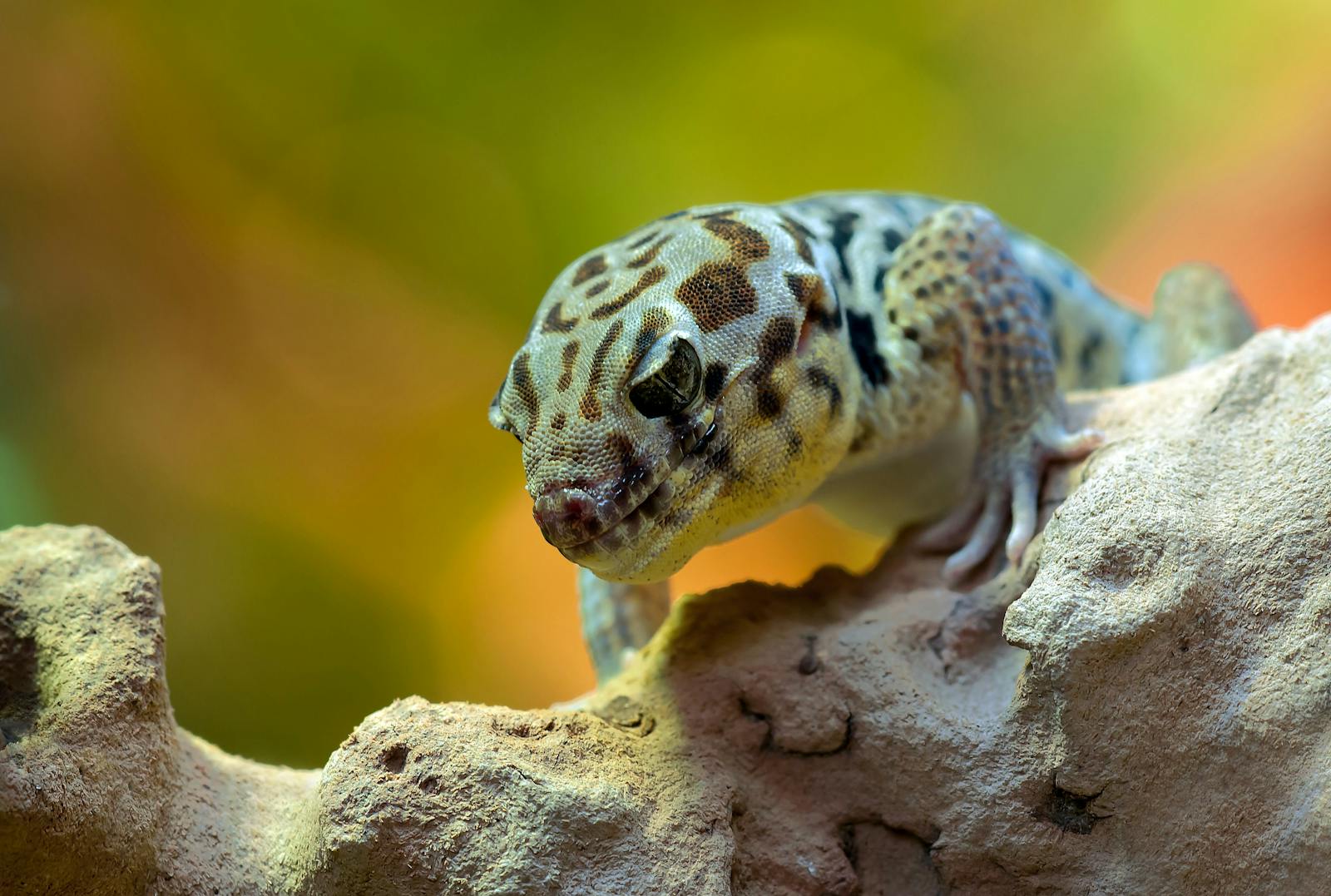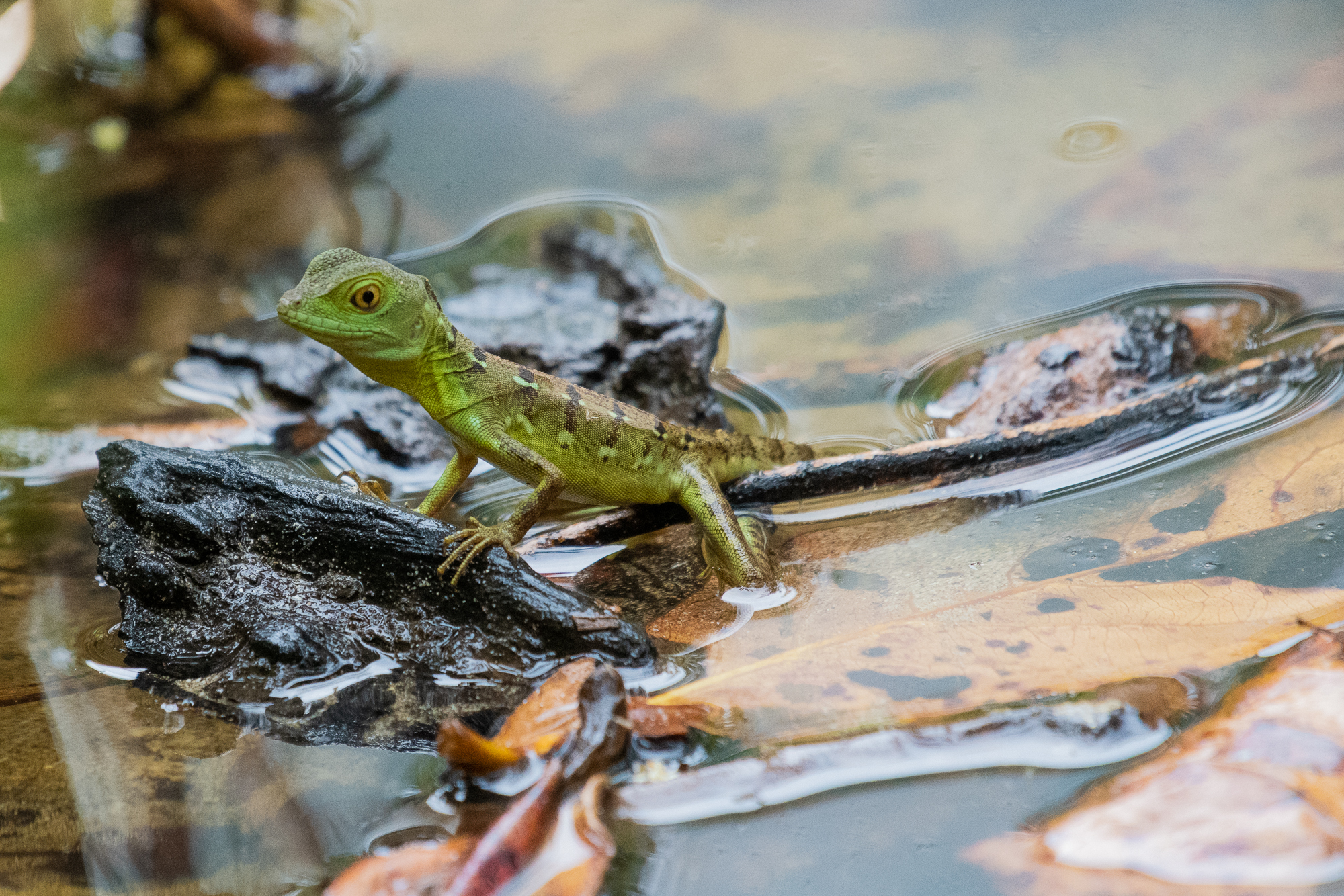When we think of colorful reptiles, chameleons often steal the spotlight. However, the gecko family boasts some of the most vibrantly colored species in the reptile world. These remarkable creatures, with their distinctive adhesive toe pads and often large, expressive eyes, have evolved stunning color patterns that serve various purposes from camouflage to mate attraction. From electric blues to fiery reds and every shade in between, colorful geckos can be found across tropical and subtropical regions worldwide. This article explores some of the most visually spectacular gecko species, examining their unique color patterns, natural habitats, and the evolutionary advantages their vibrant appearances provide.
Tokay Gecko: The Blue-Spotted Beauty

The Tokay Gecko (Gekko gecko) is perhaps one of the most recognizable colorful gecko species in the world. Its bluish-gray body is adorned with bright orange or red spots, creating a striking contrast that makes this gecko instantly identifiable. Native to Southeast Asia and parts of the Indo-Australian archipelago, the Tokay can reach impressive sizes of up to 15 inches in length. Their vivid coloration serves as a warning to potential predators, signaling their aggressive temperament and willingness to bite if threatened. In addition to their stunning appearance, Tokays are known for their distinctive vocalizations that sound like “to-kay,” which gives them their common name and adds to their charismatic presence in their native habitats.
Electric Blue Day Gecko: Living Sapphires
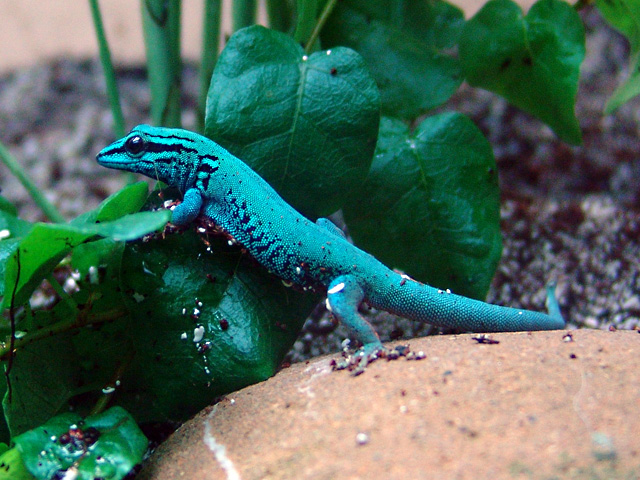
The Electric Blue Day Gecko (Lygodactylus williamsi), also known as the Turquoise Dwarf Gecko, is a tiny species that packs an enormous visual punch. Native to a small area of Tanzania, specifically the Kimboza Forest, adult males display an intense, almost metallic blue coloration that seems to shimmer in sunlight. At just 3-4 inches in length, these diminutive geckos are among the most brilliantly colored reptiles on Earth. Unfortunately, their extraordinary beauty has led to extensive collection for the pet trade, placing the wild population in serious danger of extinction. The vibrant blue coloration is primarily displayed by males, which use it to attract females and establish territories in their native forest habitats.
Gold Dust Day Gecko: Emerald with Gold Flecks

The Gold Dust Day Gecko (Phelsuma laticauda) is a living jewel that sports a brilliant green body speckled with gold flecks, giving it its evocative name. Native to northern Madagascar but introduced to Hawaii and other Pacific islands, these diurnal geckos grow to about 4-5 inches in length. Their vibrant green coloration helps them blend into leafy environments, while the distinctive gold speckling and red markings on their heads and backs create a visually stunning appearance. These geckos are not only beautiful but also beneficial in their introduced ranges, as they consume pest insects and even help pollinate some plant species. Their bright colors serve as an example of aposematic coloration, warning potential predators of their unpleasant taste.
Crested Gecko: The Chameleon of the Gecko World

The Crested Gecko (Correlophus ciliatus), once thought extinct until its rediscovery in 1994, displays an impressive range of color morphs that have made it immensely popular in the pet trade. Native to New Caledonia, these geckos can appear in shades ranging from deep reds and oranges to yellows, creams, and chocolatey browns, often with striking patterns and contrasting lateral stripes. What makes crested geckos particularly fascinating is their ability to slightly change color intensity depending on temperature, light conditions, and mood. Their distinctive crest of soft, spiky scales that runs from eye to eye and down their backs adds to their unique appearance. Beyond their variable coloration, crested geckos are known for their expressive faces with their large, lidless eyes that seem to convey a range of emotions.
Satanic Leaf-tailed Gecko: Devilishly Colorful Camouflage

Despite its ominous name, the Satanic Leaf-tailed Gecko (Uroplatus phantasticus) is a masterpiece of evolutionary design, combining camouflage with occasional flashes of color. Native exclusively to Madagascar, these geckos have evolved to perfectly mimic dead leaves, complete with apparent rot spots, irregular edges, and leaf-vein patterns. While their base coloration tends toward browns and tans, some individuals display patches of vibrant purple, blue, orange, or red, particularly on their eyes and mouth interiors. When threatened, they can open their mouths to display these bright colors in a startling defensive display. Their extraordinary camouflage is complemented by behaviors that enhance their leaf-like appearance, including pressing their bodies flat against surfaces and remaining perfectly still for extended periods.
Peacock Day Gecko: A Living Rainbow

The Peacock Day Gecko (Phelsuma quadriocellata) is a visual feast that lives up to its colorful namesake. Native to eastern Madagascar, this small day gecko features a brilliant green base color adorned with vibrant blue spots on its lower back and distinctive red markings on its head and back. Most striking are the four eye-spot patterns on their lower backs that give them their scientific name quadriocellata, meaning “four small eyes.” These colorful geckos typically grow to about 4-5 inches in length and are active during daylight hours, using their bright coloration both for species recognition and as a warning to potential predators. Their vivid appearance is particularly enhanced in males during breeding season, when their colors become even more intense to attract potential mates.
Gargoyle Gecko: The Kaleidoscope Chameleon
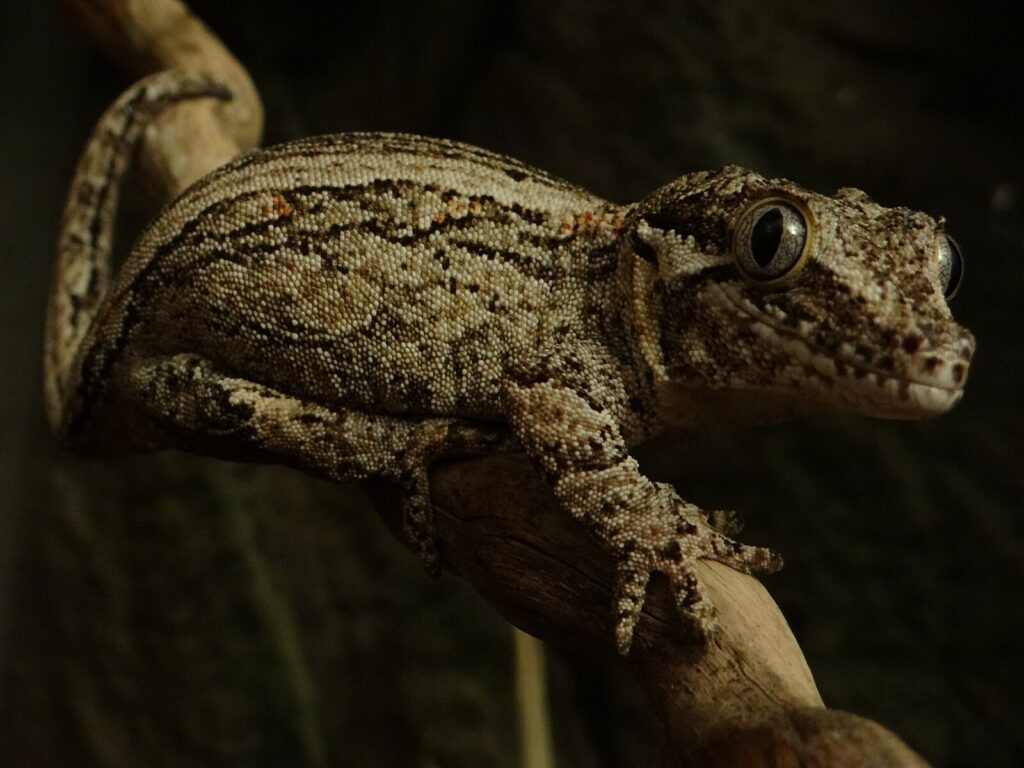
The Gargoyle Gecko (Rhacodactylus auriculatus) may not initially seem as colorful as some of its relatives, but it displays an impressive variety of color patterns that have made it increasingly popular among reptile enthusiasts. Native to New Caledonia, these sturdy geckos can exhibit base colors ranging from deep reds and oranges to subtle yellows, whites, and even lavenders, all overlaid with contrasting stripes, bands, or spots. Their name comes from the distinctive knob-like projections above their eyes that give them a somewhat grotesque, gargoyle-like appearance. What makes gargoyle geckos particularly remarkable is the extreme variation between individuals – even within the same clutch of eggs, siblings may display dramatically different color patterns and intensities.
Williams’ Dwarf Gecko: Tiny but Vibrant

The Williams’ Dwarf Gecko (Lygodactylus williamsi), sometimes referred to as the Electric Blue Gecko, is a diminutive species that compensates for its small size with extraordinary coloration. Males of this species, which is endemic to a tiny region of Tanzania, display an electric blue body color that is among the most intense of any vertebrate. Females, by contrast, are more subdued with bronze or brown coloration and dark lateral stripes. Measuring just 3-4 inches in total length, these tiny geckos pack an enormous visual punch that unfortunately has led to their severe endangerment due to collection for the pet trade. Their brilliant blue color serves both as a territorial display to rival males and as an attraction signal to potential mates in their native forest habitat.
Lined Day Gecko: Nature’s Artistic Masterpiece

The Lined Day Gecko (Phelsuma lineata) presents a stunning canvas of color with its bright green body adorned with distinctive red lines and dots. Native to eastern Madagascar, this diurnal species features vibrant lateral red stripes running from its head down its body, complemented by a series of red dots along its spine. Growing to approximately 5-6 inches in length, the lined day gecko’s coloration serves multiple purposes in its natural habitat, including species recognition, territorial signaling, and potentially warning predators of its unpalatability. Their bright colors are also believed to play an important role in mate selection, with females often preferring males with more vibrant and clearly defined patterns. Like many day geckos, they are active during daylight hours, using their colorful appearance to navigate social interactions in the competitive canopy environment.
Mossy Leaf-tailed Gecko: A Study in Contrast
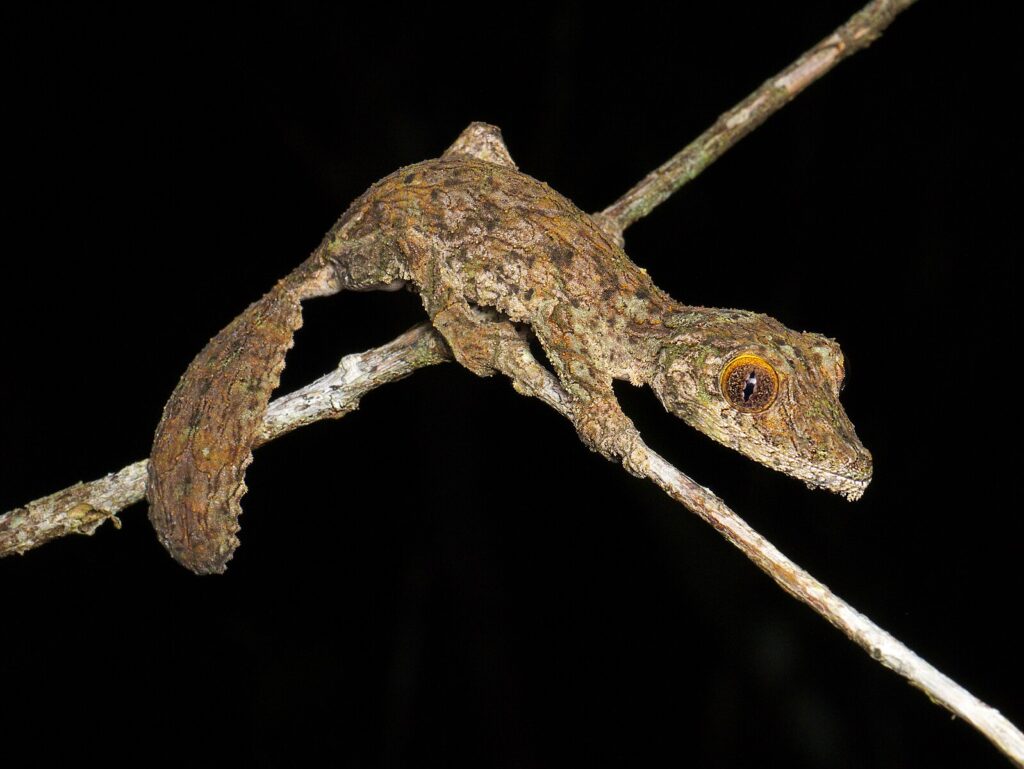
The Mossy Leaf-tailed Gecko (Uroplatus sikorae) demonstrates nature’s ability to combine effective camouflage with surprising flashes of color. Native to Madagascar, these remarkable geckos have evolved to perfectly mimic lichen-covered tree bark, with mottled patterns of gray, brown, and green that render them virtually invisible when at rest. However, when threatened, they can open their mouths to reveal startlingly bright orange or yellow oral cavities in a defensive display. Some individuals also display patches of vibrant green, blue, or red speckling against their otherwise cryptic coloration. The contrast between their camouflaged exterior and vibrant “flash colors” serves as a last-resort defense mechanism, momentarily confusing predators with an unexpected burst of color before the gecko attempts to escape.
Madagascar Day Gecko: The Poster Child of Colorful Geckos

The Madagascar Day Gecko (Phelsuma madagascariensis) has become perhaps the most recognizable colorful gecko in the world, even featuring in advertisements and as the mascot for a major insurance company. These large day geckos sport a brilliant emerald green base color highlighted with vibrant red markings on their heads, backs, and tails. Growing up to 10-12 inches in length, they are among the largest day gecko species and use their stunning coloration for both species recognition and as a warning to potential predators. Their bright colors are maintained through a diet rich in fruits and nectar in addition to insects, with the carotenoid compounds in fruits helping to enhance their red pigmentation. In their native Madagascar habitats, these colorful geckos are frequently seen basking in patches of sunlight, their scales glistening and colors intensified by the tropical sun.
Neon Day Gecko: Living Highlighters
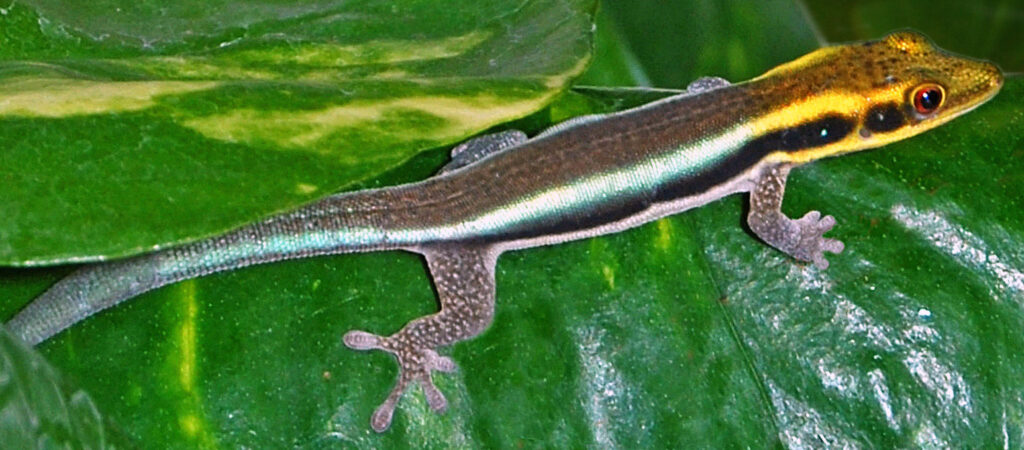
The Neon Day Gecko (Phelsuma klemmeri) proves that small packages can contain extraordinarily vibrant colors. Native to the northwestern coast of Madagascar, specifically the Sambirano region, these diminutive geckos measure just 3-4 inches in total length but display a remarkable neon blue-green coloration that seems to glow against their preferred bamboo habitats. Their bodies feature a striking bright turquoise blue-green color that runs from snout to tail, contrasted with a pale yellow or cream underside. Unlike many of their relatives, they lack the red markings common to other day geckos, but their intense, almost fluorescent blue-green coloration more than compensates in visual impact. This specialized coloration not only helps them identify members of their own species in the dense bamboo forests they inhabit but may also function as a form of disruptive coloration that breaks up their outline against dappled light.
Conservation Challenges Facing Colorful Gecko Species
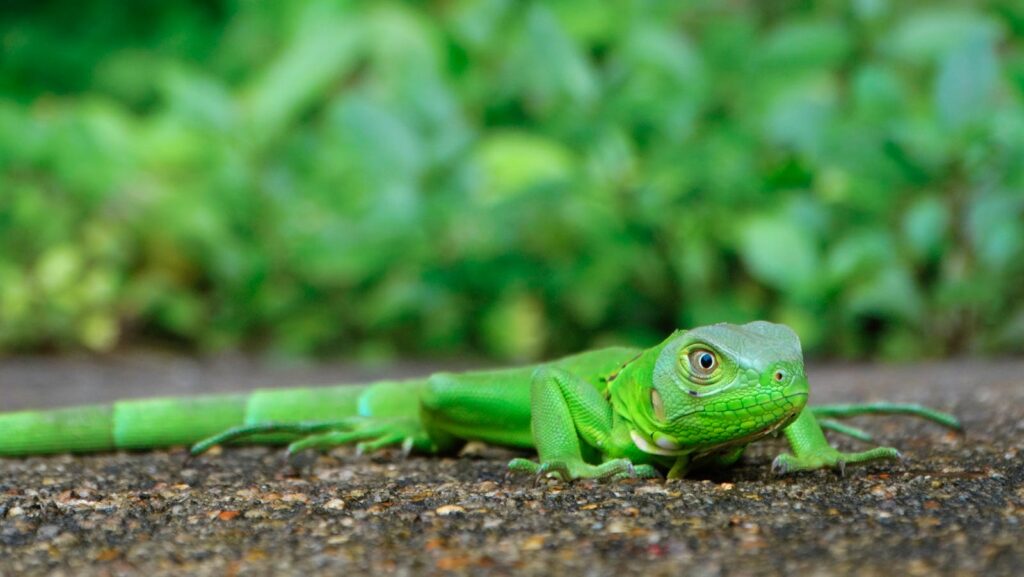
The extraordinary colors that make these gecko species so remarkable also place them at significant risk from human activities, particularly collection for the pet trade. Species like the Electric Blue Day Gecko have been pushed to the brink of extinction in the wild due to unsustainable collection, with their limited natural ranges making them particularly vulnerable. Habitat destruction presents another major threat, with specialized species like the leaf-tailed geckos losing their forest homes to agriculture and development. Climate change introduces additional stresses, potentially altering the temperature-dependent breeding patterns of many gecko species. Conservation efforts now focus on habitat protection, captive breeding programs for the most endangered species, and international trade regulations through CITES (Convention on International Trade in Endangered Species) to ensure these living jewels continue to survive in their natural habitats.
The remarkable diversity of colorful gecko species represents one of nature’s most vibrant evolutionary experiments. From the electric blue of Williams’ dwarf geckos to the emerald and gold of day geckos, these reptiles have evolved colors that serve purposes ranging from camouflage to communication. While many species now face conservation challenges, increased awareness of their ecological importance and unique beauty has sparked greater protection efforts. As we continue to discover and understand these colorful creatures, we gain not only appreciation for their aesthetic value but also insights into the complex evolutionary processes that produced such extraordinary diversity. The next time you encounter a gecko, take a moment to appreciate not just its remarkable climbing abilities, but also the fascinating evolutionary story told through its colors.


